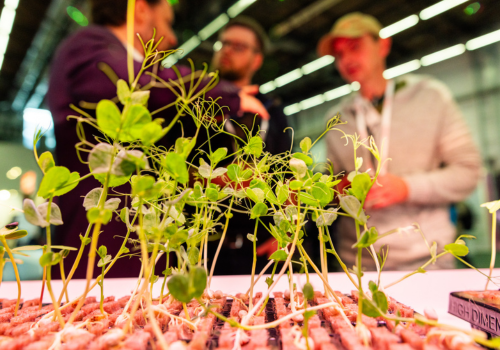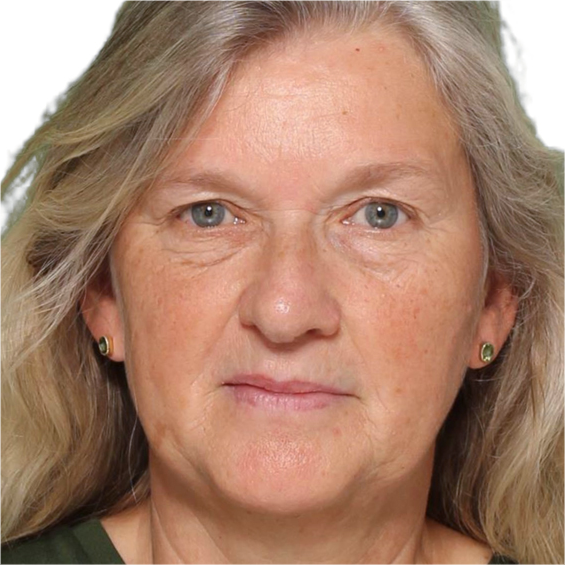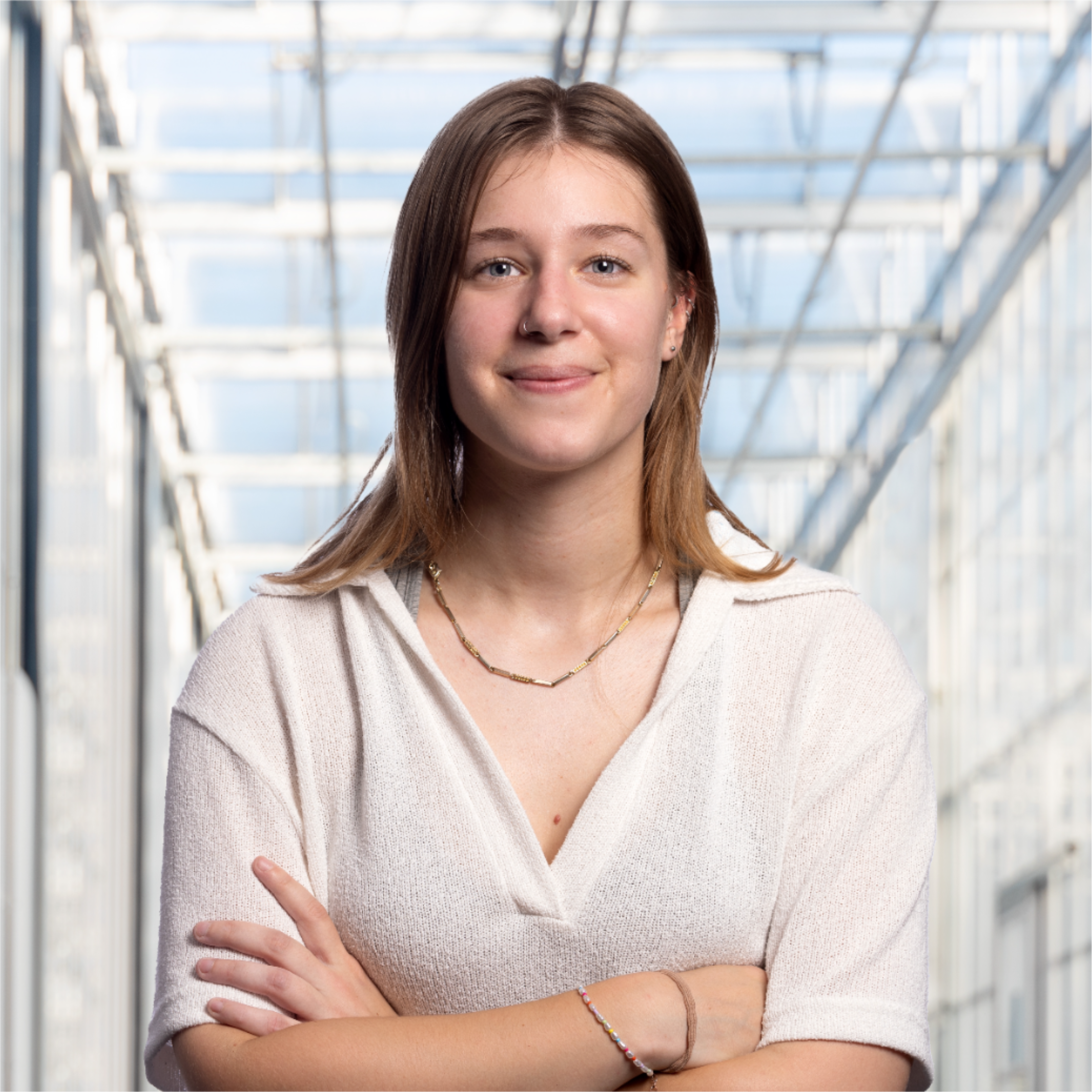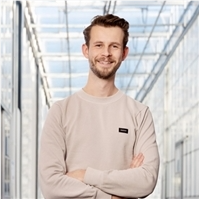New techniques for Pest and disease detection

Early pest and disease detection is essential for effective pest and disease management. Ideally, these should be detected before symptoms/damage are visible. In this session we present and discuss detection methods based on imaging, airborne spore monitoring and lasers.
Speakers
As Senior Researcher Plant Health I work at Wageningen University and Research Horticulture leading a research team with focus on hostplant resistance/resilience to pests and diseases in greenhouse crops. I am an Agricultural Engineer specialized in Plant Production (Agricultural Ing. University of Bonn, Germany) and have obtained an MSc in Pest Management (Imperial College London, UK) sustained by a grant from the German Academic Exchange Service. Thereafter, I obtained a PhD in biological control of weeds with fungi (University of Fribourg, Switzerland). My research continued in the Netherlands on diagnosis and control of pests and diseases in indoor horticulture at the University of Leiden specializing in identifying chemical plant compounds related to host plant resistance/resilience to pests and diseases. Identified compounds are subsequently used for resistance breeding, inducing resistance in susceptible varieties and development of biopesticides. Currently, I pursue the practical application of this approach at Wageningen University and Research leading research projects in: design and implementation of sustainable and resilient cultivation systems in ornamentals, vegetables and bulbs; use of LED lights for induction of plant resilience; reduction of nitrate fertilization to increase plant resilience and most recently early detection methods of pests and diseases via (hyperspectral) imaging, volatile detection, airborne spore monitoring and use of electrophysiological sensors. As such I closely co-operate with government institutions, growers and companies in the horticultural sector.
Been working for Wageningen University and Research for 3 years now as a practical researcher in planthealth for Dutch greenhouse crops.
Selwin is a researcher in the Greenhouse Horticulture Business Unit of Wageningen Research, where he is part of the Greenhouse Automation & Robotics team. His research focuses on the use of computer vision and spectral imaging for the detection of pests and diseases, plant phenotyping and the non-invasive measurement of chemical compounds.
Edwin Kroon has a background in biology and dreams of copying nature’s nanostructures on everyday items. From bacteria-killing butterfly wings on a doorknob, to Namibian Desert Beetle to promote the foaming of beer, a laser can recreate functional 3D-nanostructures on any material.
With EKYW Edwin Kroon wants to fully utilize the laser’s potential and demonstrate it as a viable alternative to chemicals such as: ink, glue (stickers), pesticides, herbicides and cleaning-products. Backed by academia, recyclers and producers alike it is safe to say that lasers are the future.



